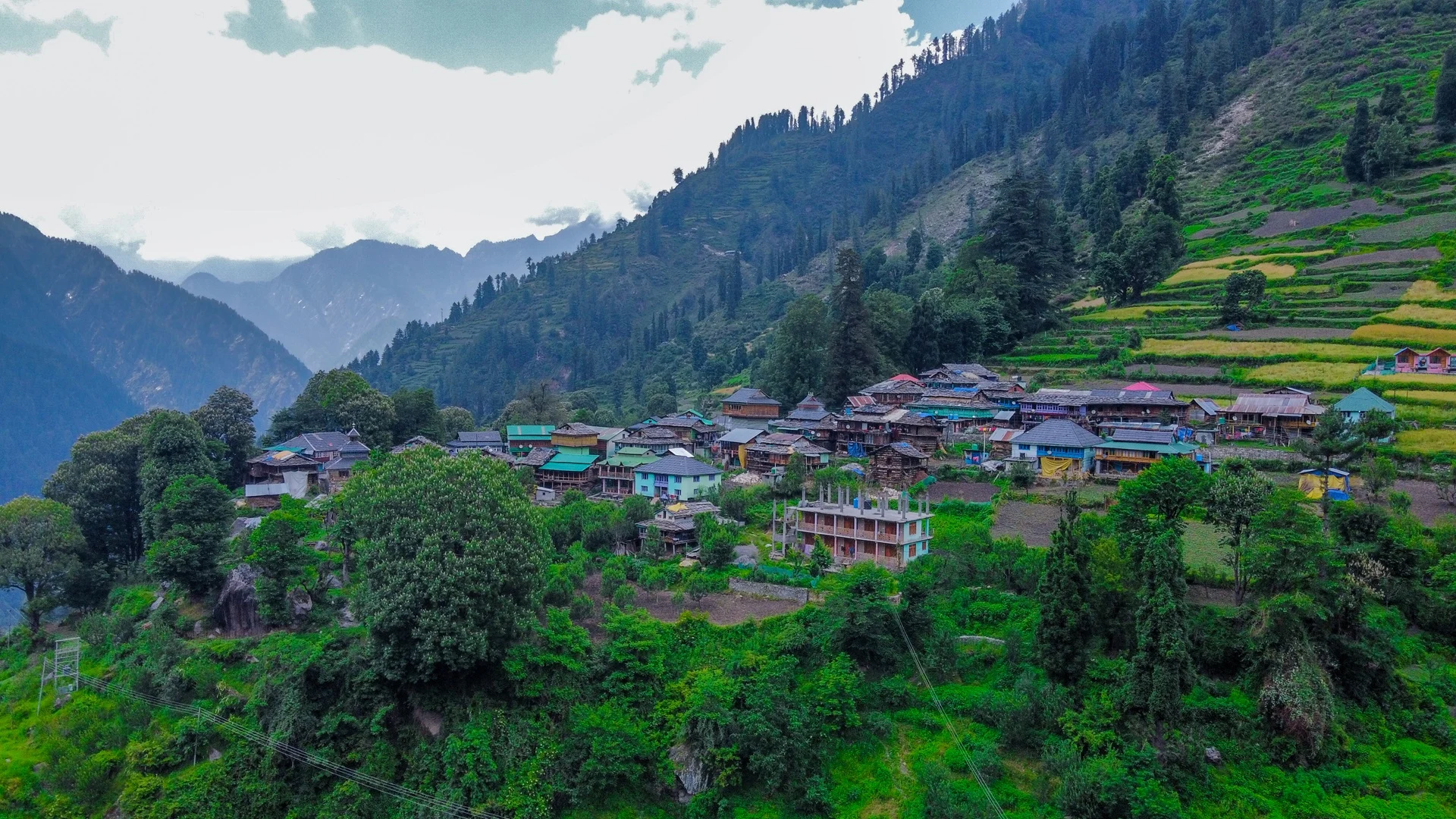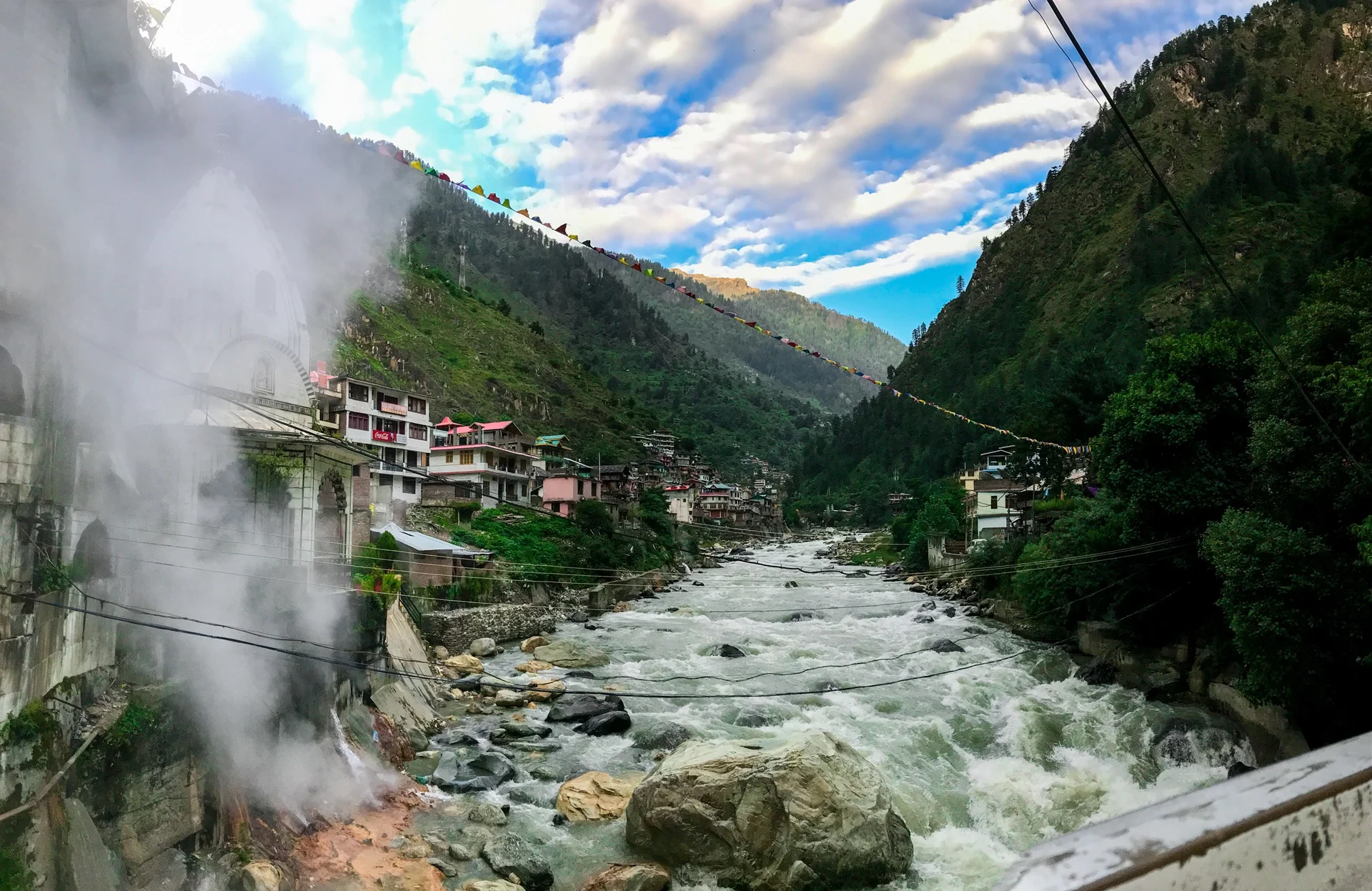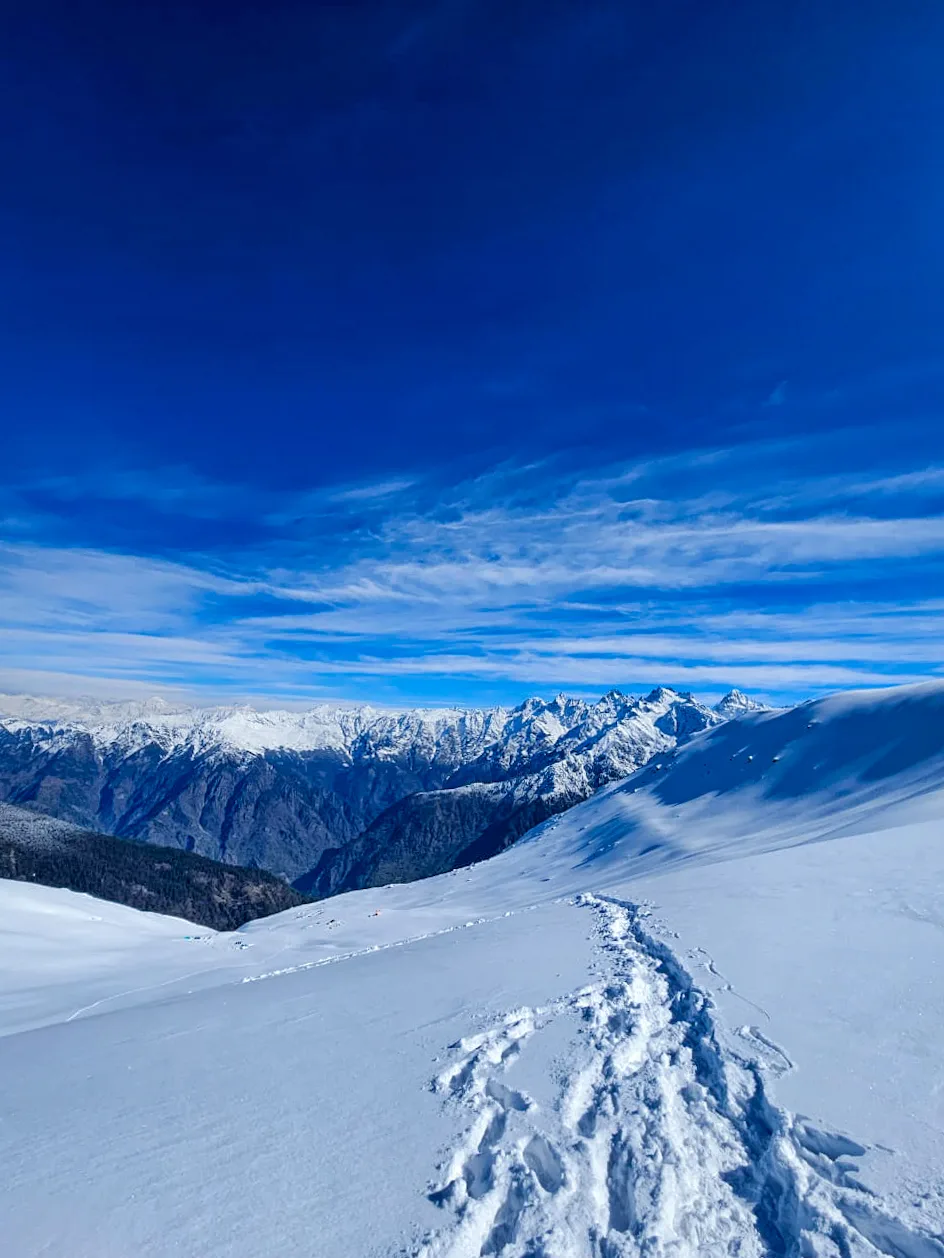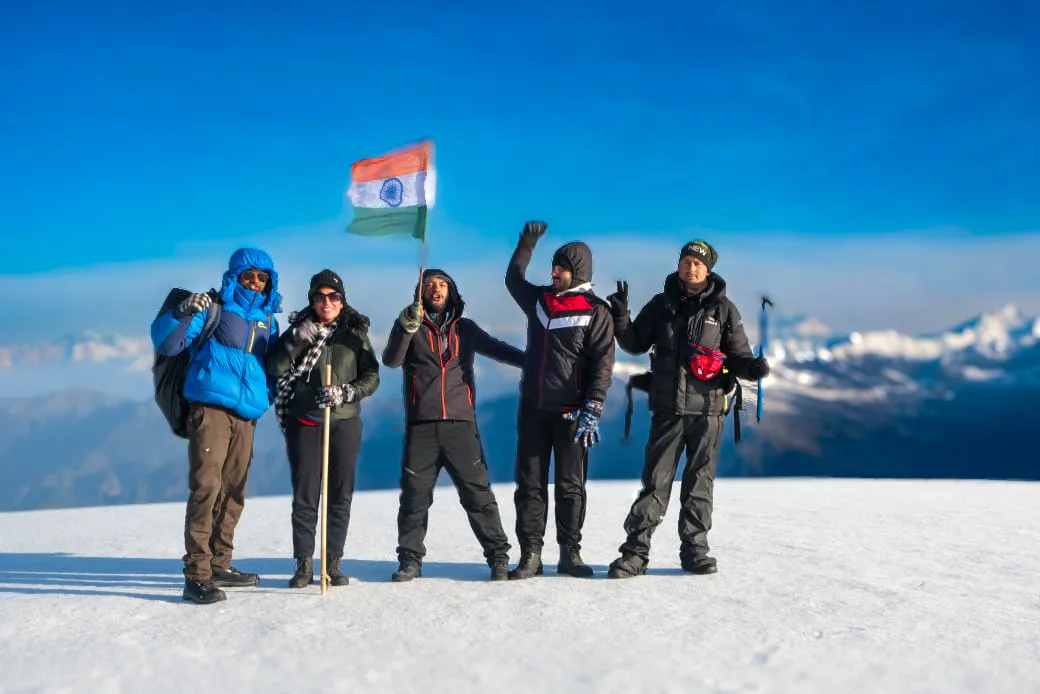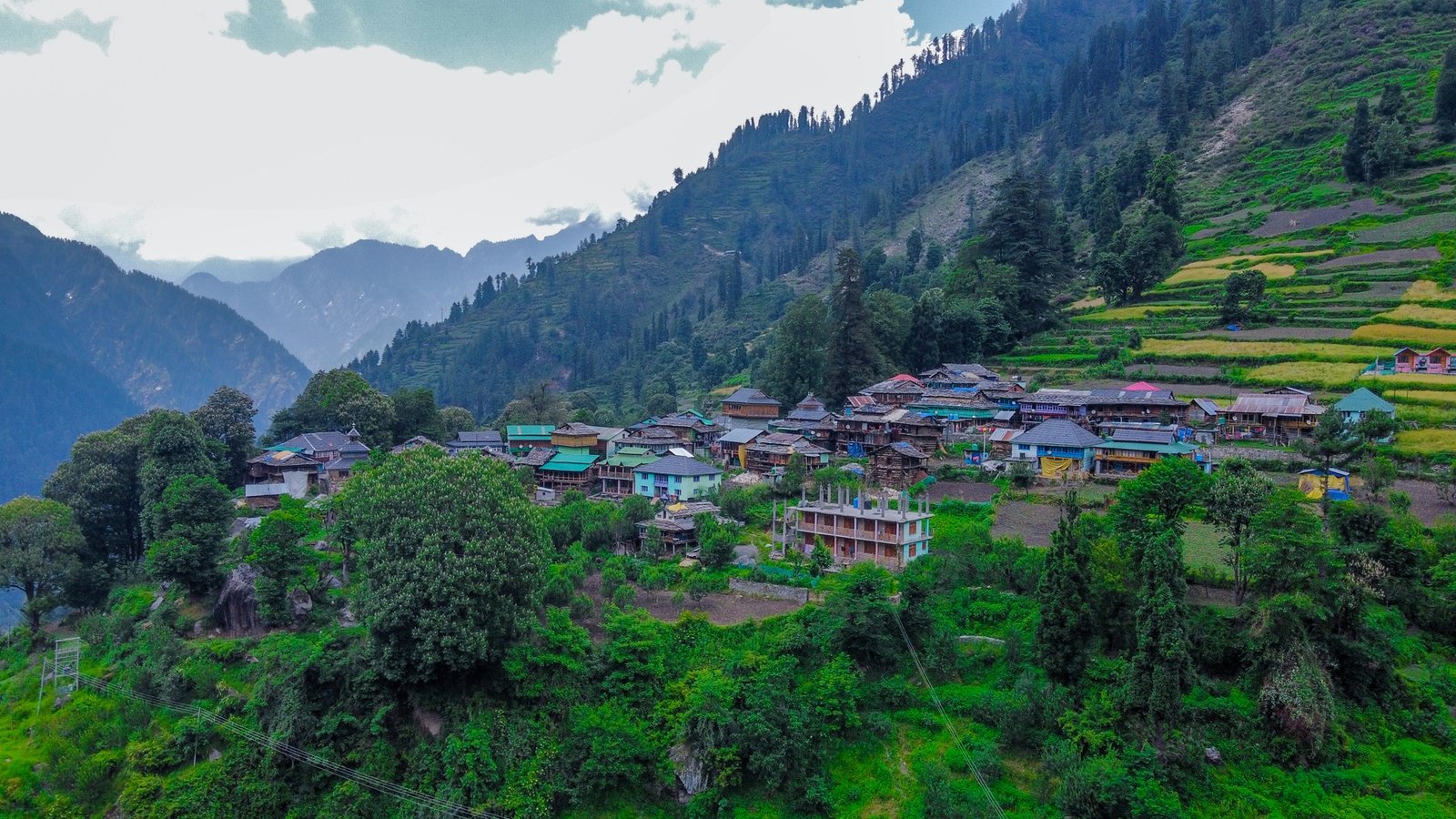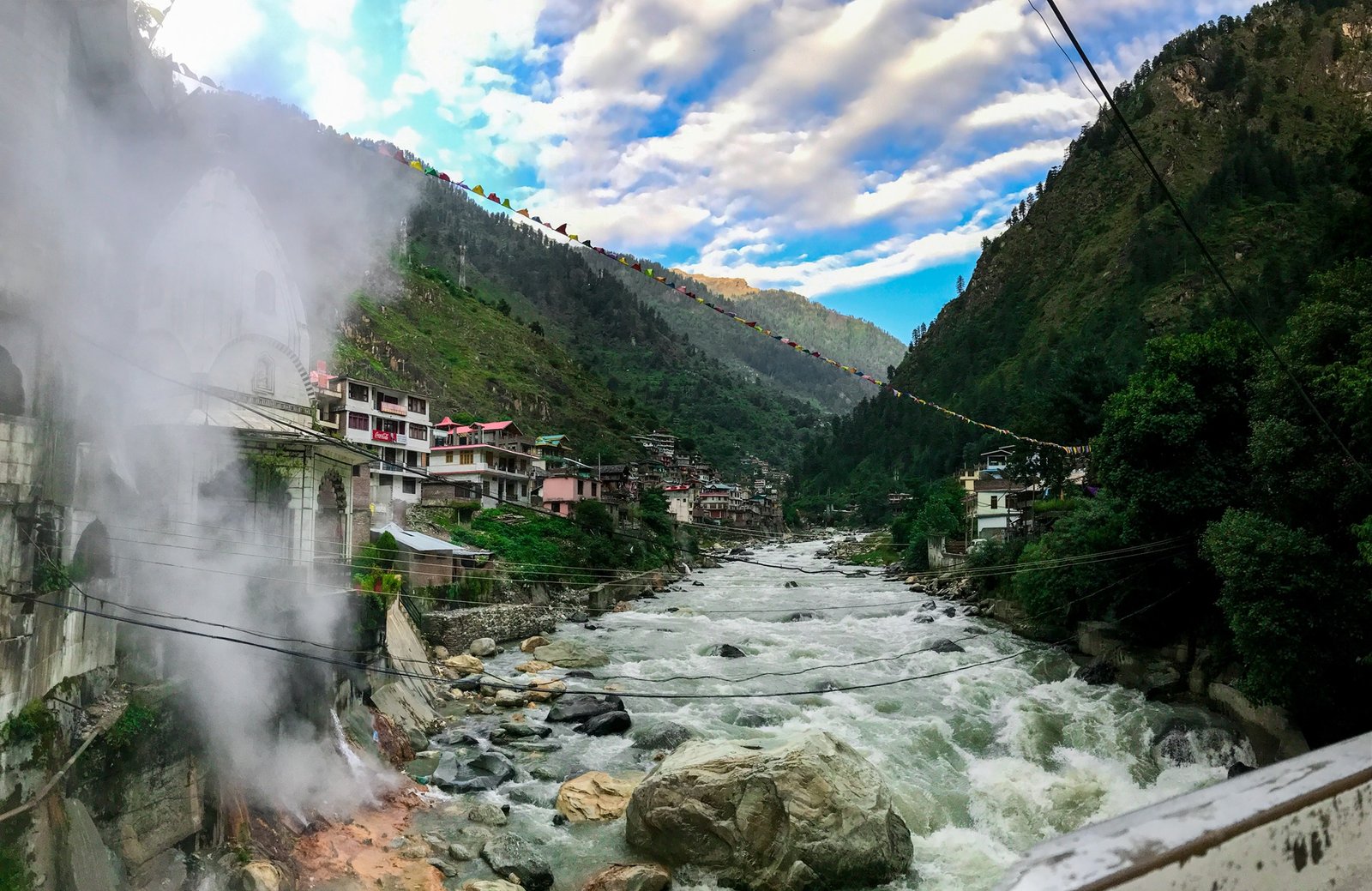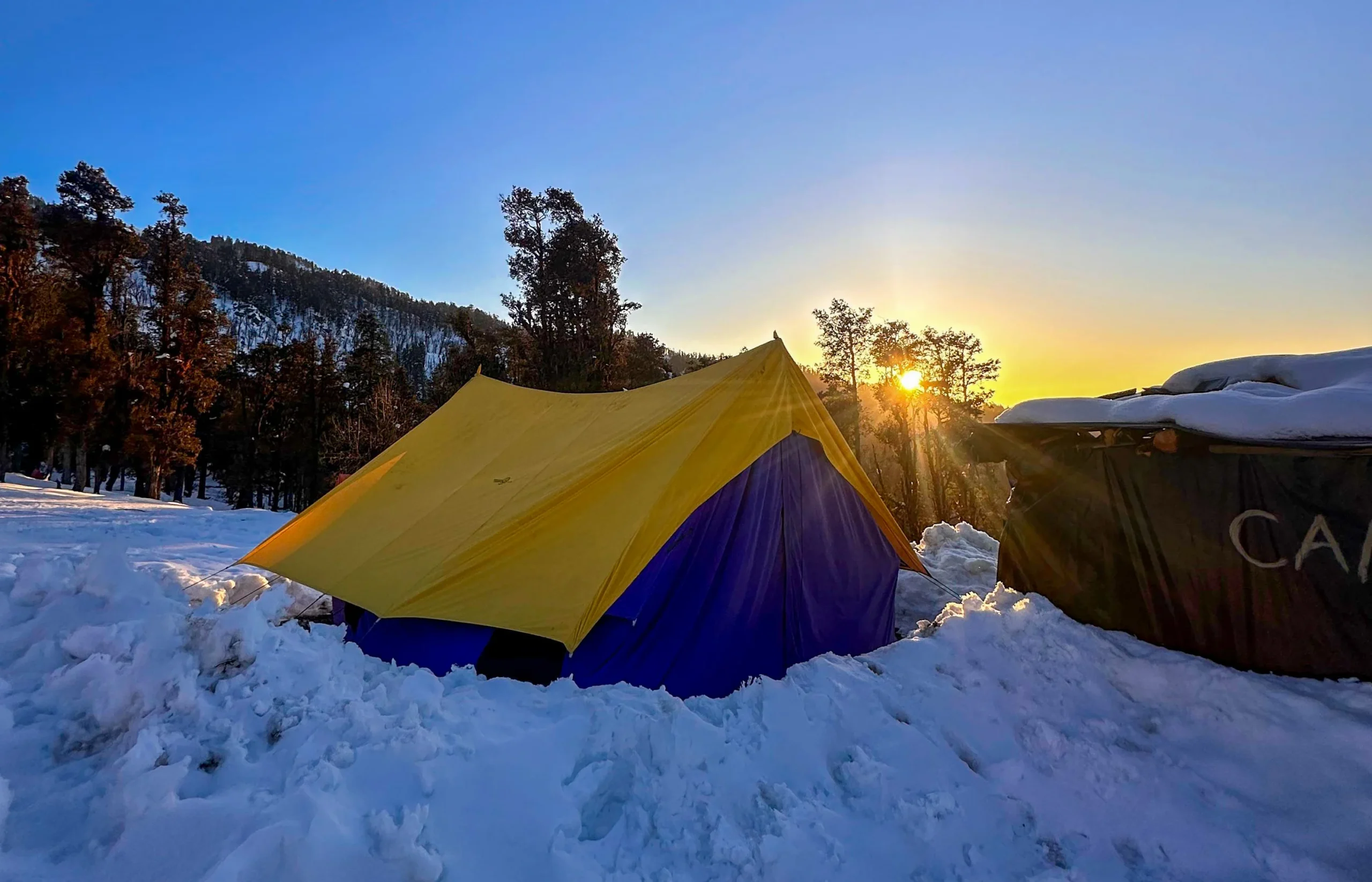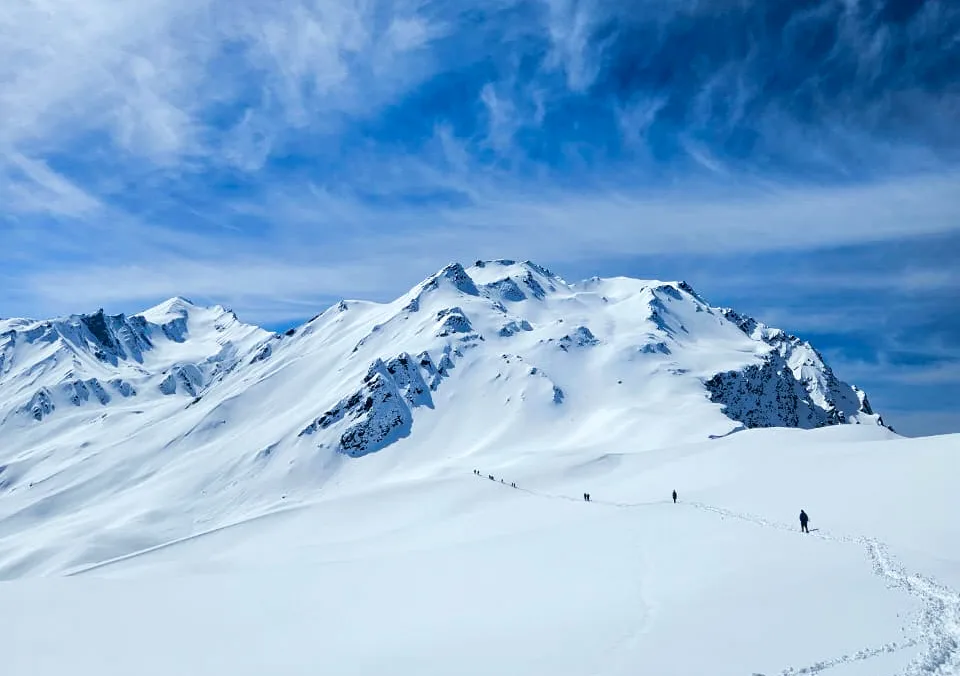View Broucher
Brahmatal Trek
The Sar Pass Trek stands as one of the most captivating and sought-after trekking experiences in Himachal Pradesh, attracting both first-time trekkers and seasoned adventurers. Nestled in the Parvati Valley, this trek beautifully combines the raw charm of the Himalayas with thrilling terrain and breathtaking landscapes.
Beginning in the lively backpacker’s hub of Kasol—often referred to as the “Mini Israel of India”—the journey unfolds through a stunning mix of dense pine forests, charming Himalayan villages, and lush alpine meadows that burst with vibrant wildflowers during spring and summer. As you gain altitude, the trail transforms into an enchanting world of snow, culminating at the majestic Sar Pass (13,800 ft)—a high-altitude mountain pass draped in pristine white snow.
Each day on the trail offers something unique:
- Quiet forest trails echoing with birdsong,
- Star-lit skies over remote Himalayan campsites,
- Panoramic views of snow-clad peaks,
- And the exhilarating thrill of glissading (snow sliding) down the slopes of Sar Pass.
What makes this trek truly special is the contrast of terrains—from the green valleys of Grahan to the snowy landscapes near Min Thach and Biskeri Thach—all within a compact 5-day format. This makes it an ideal adventure for those looking for a quick Himalayan escape packed with high-altitude drama and natural beauty.
Whether you’re looking to unwind in nature, push your limits, or simply soak in the magic of the mountains, the Sar Pass Trek promises an unforgettable journey through the heart of the Indian Himalayas.
Itinerary
Inclusions & Exclusions
- All meals from Day 1 lunch to Day 5 breakfast
- Accommodation during trek (shared tents, typically 3-4 persons per tent)
- Tent, sleeping bag, mats, crampons & gaiters (if required)
- Transport from Kasol to trek start point and back
- Experienced trek leader and support staff
- Forest entry and camping fees
- Meals during transit to/from Kasol
- Personal expenses (laundry, tips, etc.)
- Porter or mule for personal luggage
- Any personal trekking gear (shoes, jacket, etc.)
- Emergency evacuation or travel insurance
- Extra 5% GST
Things to Carry
- Trekking shoes
- Warm layers (thermal, fleece, down jacket)
- Waterproof jacket & pants
- Trekking pole
- Backpack (40-50L)
- Sunglasses, sunscreen, gloves, cap
- Water bottles & energy snacks
- First-aid kit & essential medicines
- Personal toiletries & towel
- Headlamp/torch
Things to Remember
- Carry a valid government-issued photo ID for trek registration.
- Mobile network is unreliable inform family in advance.
- Keep yourself hydrated and maintain a steady pace.
- Follow your trek leader’s instructions for safety.
- Avoid littering-carry a reusable waste bag.
- Prepare for sudden weather changes by layering your clothing.
- Carry sufficient cash as ATMs are unavailable in remote areas.
- Respect local customs and traditions while passing through villages.
Cancellation Policy
- Cancellation 30 days before departure: Full refund (minus processing charges)
- Cancellation 15-29 days before departure: 50% refund
- Cancellation less than 15 days before departure: No refund
- Trek Transfer: The trek can be transferred to another person if requested at least 7 days before departure. Any additional cost due to name changes in permits or logistics will be borne by the participant.
Note: The cancellation policy is subject to change based on weather conditions, government regulations, or unforeseen circumstances. In case of trek cancellation due to natural disasters or emergencies, alternative options or partial refunds may be provided.
Trek Map
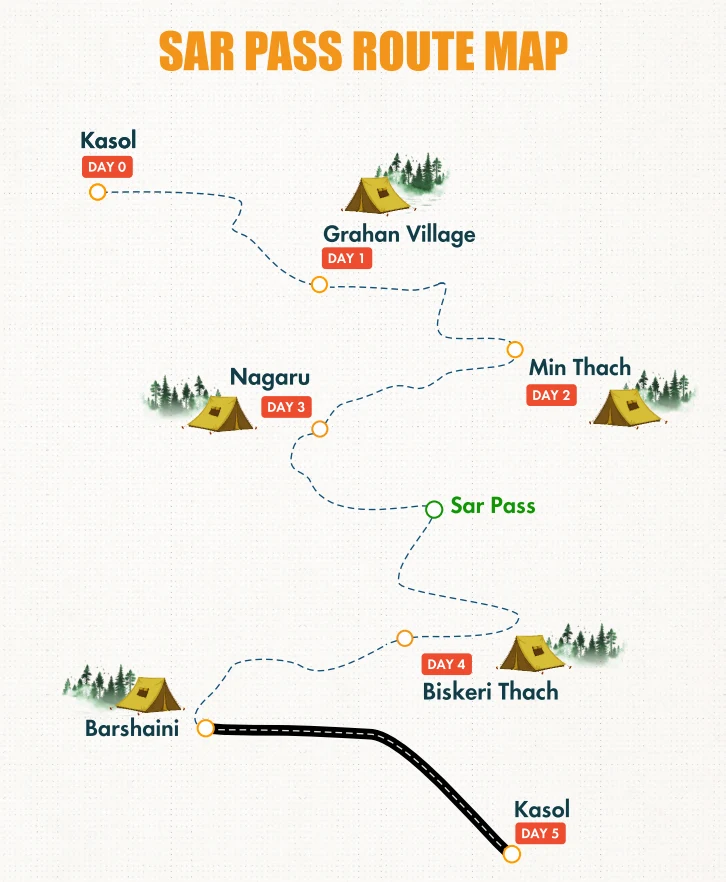
FAQ's
Most easy–moderate treks require you to comfortably walk 8–10 km per day with a backpack. If you can jog 3–4 km in 25–30 minutes without stopping, you’re good to start.
Choose treks with 5–6 days total, max altitude ≤ 12,000 ft, and daily altitude gain ≤ 600–800 m. Examples: Kedarkantha, Dayara Bugyal, Triund, Hampta Pass (easier season).
- Layering: base + fleece + padded jacket
- Waterproof shell (jacket & pants)
- Trekking shoes, 3–4 pairs of socks
- Gloves, beanie, sun cap
- 1–2L water bottle or hydration pack
- Headlamp, sunscreen (SPF 50), lip balm
- Personal meds & basic first-aid
Trekking shoes (ankle support, stiffer sole) are safer on rocky or snowy terrain. Trail runners are lighter and fine for dry, well-made trails.
- Ascend gradually; hydrate well
- Eat light, avoid alcohol & smoking
- Know symptoms: headache, nausea, fatigue, loss of appetite
- Tell your leader early—do not ignore signs
- Follow evacuation & medication protocol advised by your trek operator/doctor
Highly recommended. Pick a policy covering high-altitude trekking, evacuation, trip cancellation, and medical expenses.
Wake up by ~6 am, hot breakfast, hike 4–6 hours with snack breaks, reach camp by early afternoon, hot lunch, rest/side walks, early dinner, and sleep by 9 pm.
Expect dry pit or bio-toilets at camps. Carry toilet paper, hand sanitizer, and a personal hygiene kit. Follow Leave No Trace principles.
Yes, with trek-specific seasons: monsoon = lush meadows but slippery trails; winter = snow & cold, need proper gear. Always check seasonal suitability.
3–4 weeks out: 4–5 days/week of brisk walking or jogging + 2 days of strength (squats, lunges, core) + one long hike each week if possible.

